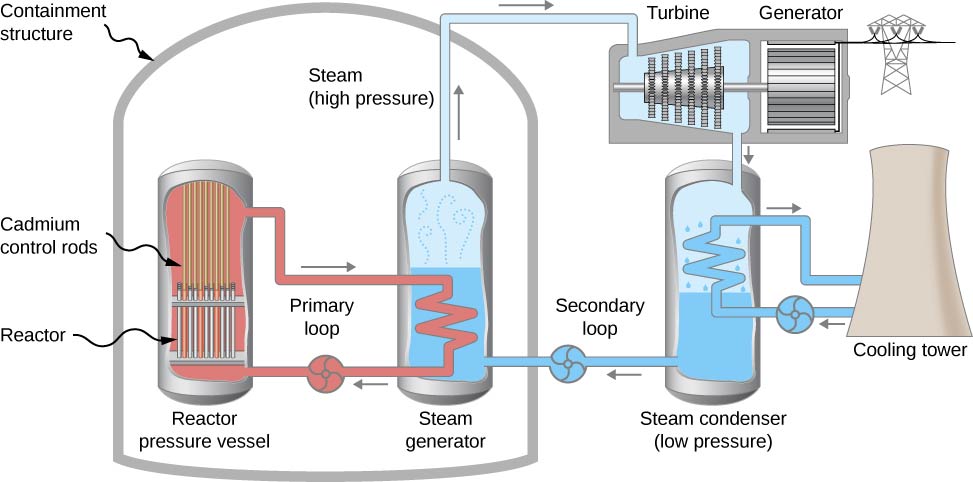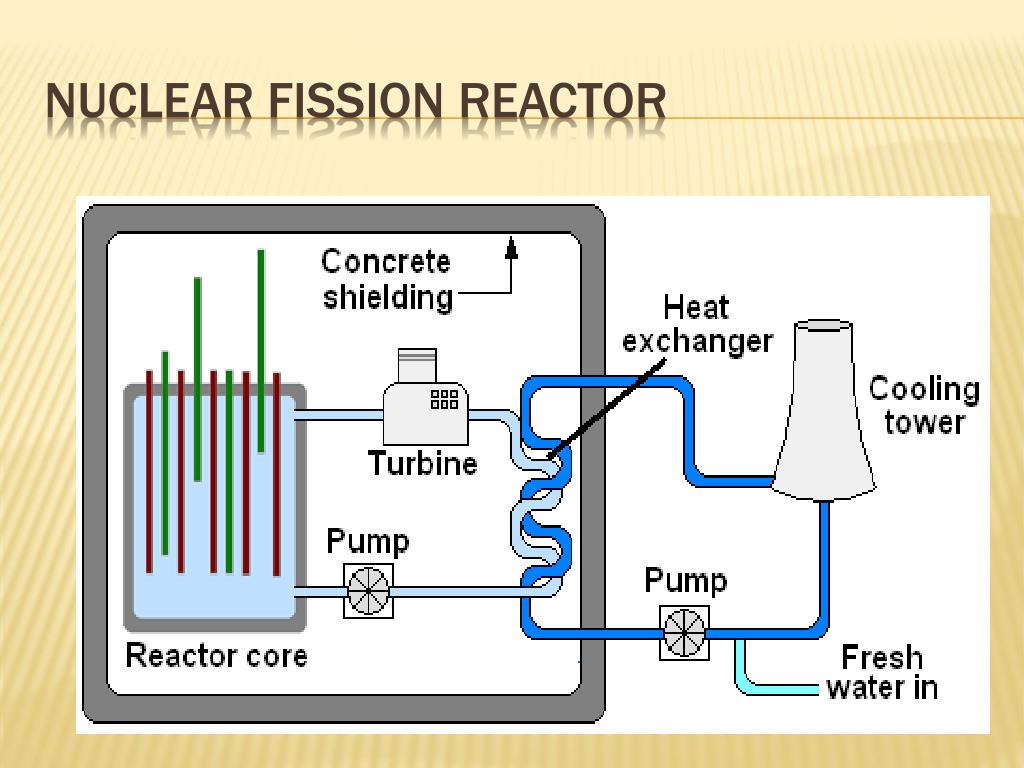

“In order to turn that into a power station, we need to make a larger gain in energy – we need it to be substantially more.” “It’s about what it takes to boil 10 kettles of water,” said Jeremy Chittenden, co-director of the Centre for Inertial Fusion Studies at Imperial College in London. (Lawrence Livermore National Laboratory via AP) Lawrence Livermore National Laboratory via AP The beams compress and heat the target to the necessary conditions for nuclear fusion to occur. This illustration provided by the National Ignition Facility at the Lawrence Livermore National Laboratory depicts a target pellet inside a hohlraum capsule with laser beams entering through openings on either end. The successful US breakthrough is a big deal, but it’s still on a far smaller scale than what’s needed to generate enough energy to run one power plant, never mind tens of thousands of power plants. The big challenge of harnessing fusion energy is sustaining it long enough so that it can power electric grids and heating systems around the globe. That heat can be used to warm water, create steam and turn turbines to generate power – much like how nuclear fission generates energy. Fusing two atoms creates a tremendous amount of heat, which holds the key to producing energy. There are two main ways to generate nuclear fusion, but both have the same result. How could nuclear fusion power eventually turn the lights on in your house?

Nuclear fusion does not carry the same safety risks, and the materials used to power it have a much shorter half-life than fission.

Nuclear meltdowns, although rare, have occurred throughout history with wide-ranging and deadly results such as at the Fukushima and Chernobyl reactors. But it produces volatile radioactive waste that must be stored safely and carries safety risks. Nuclear is a zero-emission energy source, according to the Department of Energy. Like fusion, the heat created from splitting atoms is also used to generate energy. Nuclear fission is the kind of energy that powers nuclear reactors around the world today. Whereas fusion fuses two or more atoms together, fission is the opposite it is the process of splitting a larger atom into two or more smaller ones. When people think about nuclear energy, cooling towers and mushroom clouds may come to mind. How is fusion different from nuclear fission? “Hydrogen is found in water so the stuff that generates this energy is wildly unlimited and it is clean.” “Unlike coal, you only need a small amount of hydrogen, and it is the most abundant thing found in the universe,” Julio Friedmann, chief scientist at Carbon Direct and a former chief energy technologist at Lawrence Livermore, told CNN. Tritium is rarer and more challenging to obtain, although it can be synthetically made. The deuterium from a glass of water, with a little tritium added, could power a house for a year. Fusion projects mainly use the elements deuterium and tritium – both of which are isotopes of hydrogen. Scientists around the world have been studying nuclear fusion for decades, hoping to recreate it with a new source that provides limitless, carbon-free energy – without the nuclear waste created by current nuclear reactors. Nuclear fusion happens when two or more atoms are fused into one larger one, a process that generates a massive amount of energy as heat. Nuclear fusion is a man-made process that replicates the same energy that powers the sun. What is nuclear fusion and why does it matter? Here’s what you need to know about this new form of nuclear energy that could eventually turn on your lights and help end dependence on fossil fuels. Scientists at Lawrence Livermore National Laboratory’s National Ignition Facility have made history by successfully producing a nuclear fusion reaction resulting in a net energy gain, a breakthrough hailed by US officials as a “landmark achievement” and a “milestone for the future of clean energy.”


 0 kommentar(er)
0 kommentar(er)
